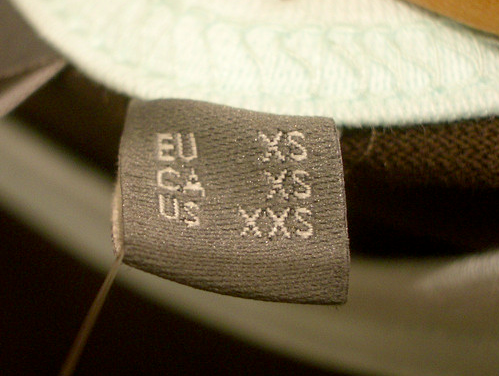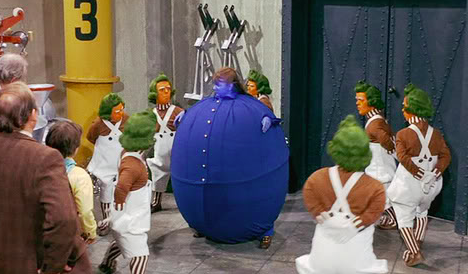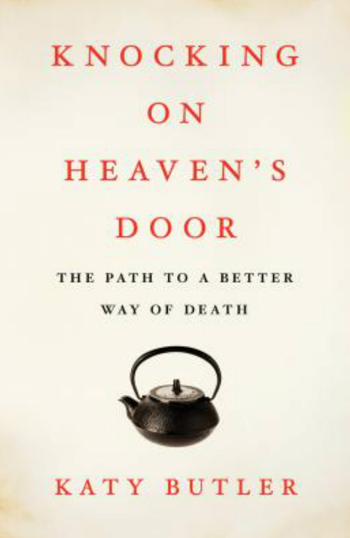I’ll admit it: I’m a pacifist mom who doesn’t freak out (anymore) when her boys play with Nerf (and other) toy weapons.
Here’s why, explained in my most recent Her.meneutics post:
Early this month, a six-year-old in Silver Spring, Maryland, was suspended from school after he pointed his finger like a gun and said, “pow.” In a letter to his parents, school officials described the incident as one in which their son “threatened to shoot a student.”
In one way, this reaction is understandable. After the horrific events at Sandy Hook Elementary School, seeing any sort of gunplay at school would be, on a gut level, distressing. This sort of reaction certainly has historical precedent: in 1968, following the assassinations of Martin Luther King Jr. and Robert F. Kennedy, the Sears Roebuck Christmas catalog pulled all toy guns from its pages.
But, beyond visceral reactions—exclamations of distaste at child behavior that uncomfortably resonates with tragedy—does pretend violence perpetuate real violence?
Not necessarily. According to Stuart Brown, psychiatrist and the founder and director of the National Institutes of Play, “Play can act as a powerful deterrent, even an antidote to prevent violence. Play is a powerful catalyst for positive socialization.”
But parents and teachers—like the teachers in Silver Spring, Maryland—are often not inclined to see it that way.”Teachers…often see normal rough and tumble play behavior such as hitting, diving, wrestling, (all done with a smile, between friends who stay friends), not as a state of play, but one of anarchy that must be controlled.”
In a study of adults who had committed violent crimes, including the Virginia Tech killer Seung-Hui Cho, Brown discovered that their childhoods had been marked not by violent play but, more strangely, by a lack of play: the very thing that helps people, especially little people, work through conflict and aggression safely and productively.
An adult may see a kid wield a thumb-and-forefinger “gun” and think of Adam Lanza. But unless the child is already troubled, he is thinking of nothing like that. More likely it has nothing to do with a desire to harm another human being.











